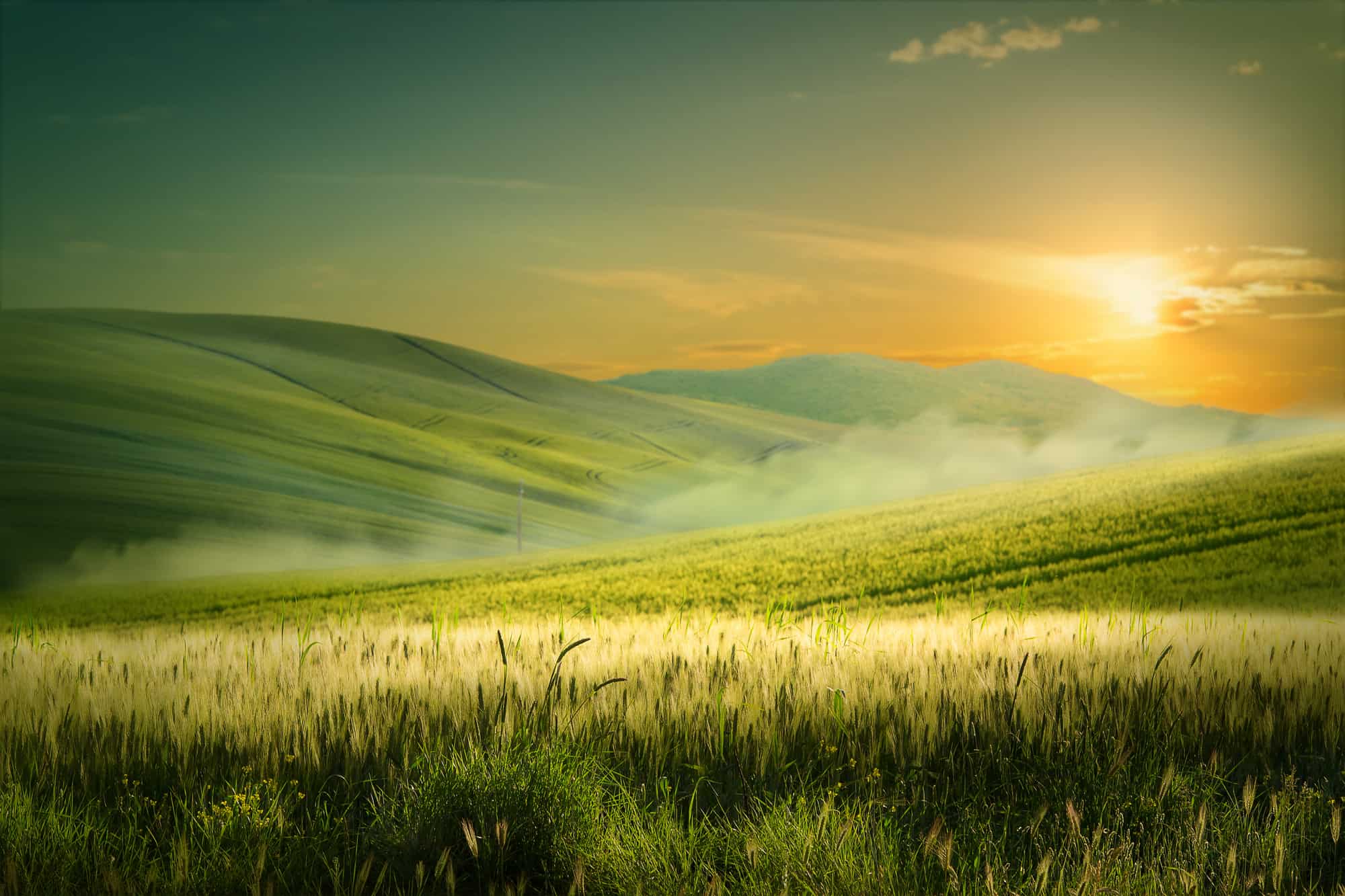AIM Uncovered
Exploring the latest insights and trends in technology and innovation.
Chasing Light: Secrets of Captivating Landscape Shots
Unlock the art of stunning landscape photography with insider tips that reveal how to capture breathtaking light and scenes like a pro!
Mastering Natural Light: Tips for Stunning Landscape Photography
Capturing the beauty of landscapes requires a keen understanding of natural light. The golden hour, which occurs shortly after sunrise and before sunset, is often heralded as the best time for landscape photography. During this period, the sunlight is softer and more diffuse, creating rich colors and dramatic shadows. To make the most of this time, arrive at your chosen location early to scout compositions and set up your gear before the light becomes magical. Additionally, consider using techniques such as bracketing your exposures to ensure you capture the full range of colors and details in your scene.
However, mastering natural light isn't just about timing—it's also about understanding how to interact with the environment. Cloudy days can provide an excellent opportunity for capturing vibrant landscapes, as the diffused light minimizes harsh shadows and brings out the depth of colors in foliage and water. Experiment with different angles and perspectives to see how the varying light conditions can influence your subject. Utilizing a polarizing filter can also help enhance the contrast and saturate colors, making your landscapes truly stunning.

The Golden Hour: Why Timing is Everything in Landscape Shots
The Golden Hour, a term used by photographers, refers to the magical period shortly after sunrise and before sunset when the natural light is most flattering. During this time, the sun hangs low on the horizon, casting a soft, diffused glow that enhances the vividness of colors in landscape shots. Photographers often plan their shoots around this fleeting moment, as it can transform an ordinary scene into extraordinary artwork. The warm tones produced during the Golden Hour create an inviting atmosphere that can make landscapes more engaging and visually appealing.
Understanding the significance of timing is crucial for capturing stunning landscape photography. The Golden Hour not only provides ideal lighting conditions but also offers unique shadows that can add depth and dimension to your images. Here are a few tips to make the most of this critical time:
- Scout your location in advance to find the best angles and compositions.
- Arrive early so you can set up your equipment and capture the gradual changes in light.
- Experiment with different settings to find the perfect exposure that highlights the beauty of the scene.
By optimizing your shooting schedule around the Golden Hour, you can elevate your landscape photography, creating captivating images that resonate with viewers.
What Makes a Landscape Photo Captivating? Key Elements You Need to Know
When it comes to capturing the essence of nature, a captivating landscape photo often hinges on several key elements. First and foremost, composition plays a critical role. Utilizing the rule of thirds can create a balanced image that guides the viewer's eye through the scene. Additionally, incorporating leading lines, such as a winding path or a river, can draw attention to the main subject. Don't forget about the importance of foreground interest; incorporating elements in the foreground adds depth and dimension, making the viewer feel more connected to the image.
Another vital aspect is the use of lighting. The golden hour, characterized by soft, warm light shortly after sunrise or before sunset, can transform an ordinary scene into something magical. Furthermore, the color palette of your landscape plays a significant role in evoking emotion; vibrant colors can convey energy and excitement, while muted tones promote a sense of tranquility. Lastly, post-processing techniques can enhance your image's impact by adjusting contrast, saturation, and sharpness, ensuring your landscape photo resonates with viewers long after they see it.